Brivayan slum mince
The following document appears to be an almost complete article from the Brivayan Days, a local newspaper.
So... Are you guys gonna eat that ?Life is not easy for Condoris in the streets of Hubrivay. The largest flying birds of the Cylinder are mostly meat-eating, predatory birds: in most condori cultures, hunting is as much a game as a spiritual ritual. Because of that, they are known to be exceptionnal hunters, and they almost exclusively get sustenance on their own. In the wilderness, that is. As one can imagine, the largest, densest city of the world is not a haven full of foxes and rabbits. This Special issue focuses on what the big birds of our city eat, and where they eat. Specially for you curious gourmets, examples of meals and good locations will be disclosed at the end of the article.Finding food
Condoris are simple birds. They hunt preys, cook them, eat them. Unfortunately, a city is all but simple. As if the scarcity of game was not enough, many laws and moral codes limit the food sources available to condors. The biggest of these invisible barriers is property. That is, enforced property. In the countryside, when they can't find a proper prey, Condoris can always turn to herds of edible beasts gathered by shepherds. And if the shepherd manages to fend off or kill the thief, it's well deserved isn't it ? In Hubrivay however, there are guards. Well-trained, organized guards, that can throw you in prison or even kill you if you eat or steal something that isn't yours. As a result, many things that Condors register as food cannot be safely eaten. This includes but is not limited to livestock, pets, and homini toddlers... Because of these limitations, the five thousand Condoris that dwell in the big city have to turn toward novel food sources. It is estimated that more than five millions of rats dwell within the walls of Hubrivay. Additionally, a healthy population of stray cats and dogs feed on these rodents, all of which can be safely preyed upon. Beside strays, two other meat sources are used by condoris in the city: corpses, and worms. Regarding corpses, the line between what can and what cannot be done is very blurred. Taking a dead animal is almost always acceptable, unless it is a pet, or a somewhat special animal. Regarding homini or perrot corpses, well, it depends. Condoris are aware that grave robbery is a criminal offence, and most brivayan get incinerated anyway. However, our sources confirm that several condoris have noticed the random apparition of homini and birdkin corpses that are left unclaimed, in some of the poorly-lit districts of the city. The last, but not least, condori food source, is worms. In some poor districts, particularly the outer slums and cattle markets, are packed with surprisingly large earthworm, that can reach an arm's length and be almost as thick as the wrist. While these aren't very tasty even for condoris, they are easy to catch, and represent a non-negligible food source.by PouaseuilleMeat kitchens
Unlike in the wild areas of our world, Condoris living in the city are usually employed. They serve as bodyguards, couriers, crafters, or even bird drivers. The point is, having a job takes some time. Most brivayan condoris don't have the time to look for their own game. Meat kitchens are a result of that lack of time: some condori couples took the opportunity to specialize into finding and gathering food for their fellow workers, which they can exchange for money, a surprisingly useful trinket in the city. Usually, one or two couples will operate a kitchen. The condoris divide their time between cooking, and hunting for food. They usually spend half of their time looking for anything that can be considered meat, and half the time processing it. While meat kitchens seem similar to the restaurants and taverns held by hominis and birdkins, they operate sligtly differently. In particular, the meat sold at a kitchen is ground and processed, but not cooked. Several fire pits and tools are available, to let condoris cook the meat the exact way they want it. Beside that, a restaurant owner usually gets their raw ingredients directly delivered, and don't have to gather them themselves. In the case of a meat kitchen, it is considered a matter of pride and hygiene to directly look for meat. Though some accept carcasses found nearby, or buy some from homini slaughterhouses, most kitchen owners prefer to hunt themselves, or look for their own worms and roadkills.
They never cease to amaze me, them condoris. They're making the most sophisticated seasonings, yet at the same time, well... worm pies.
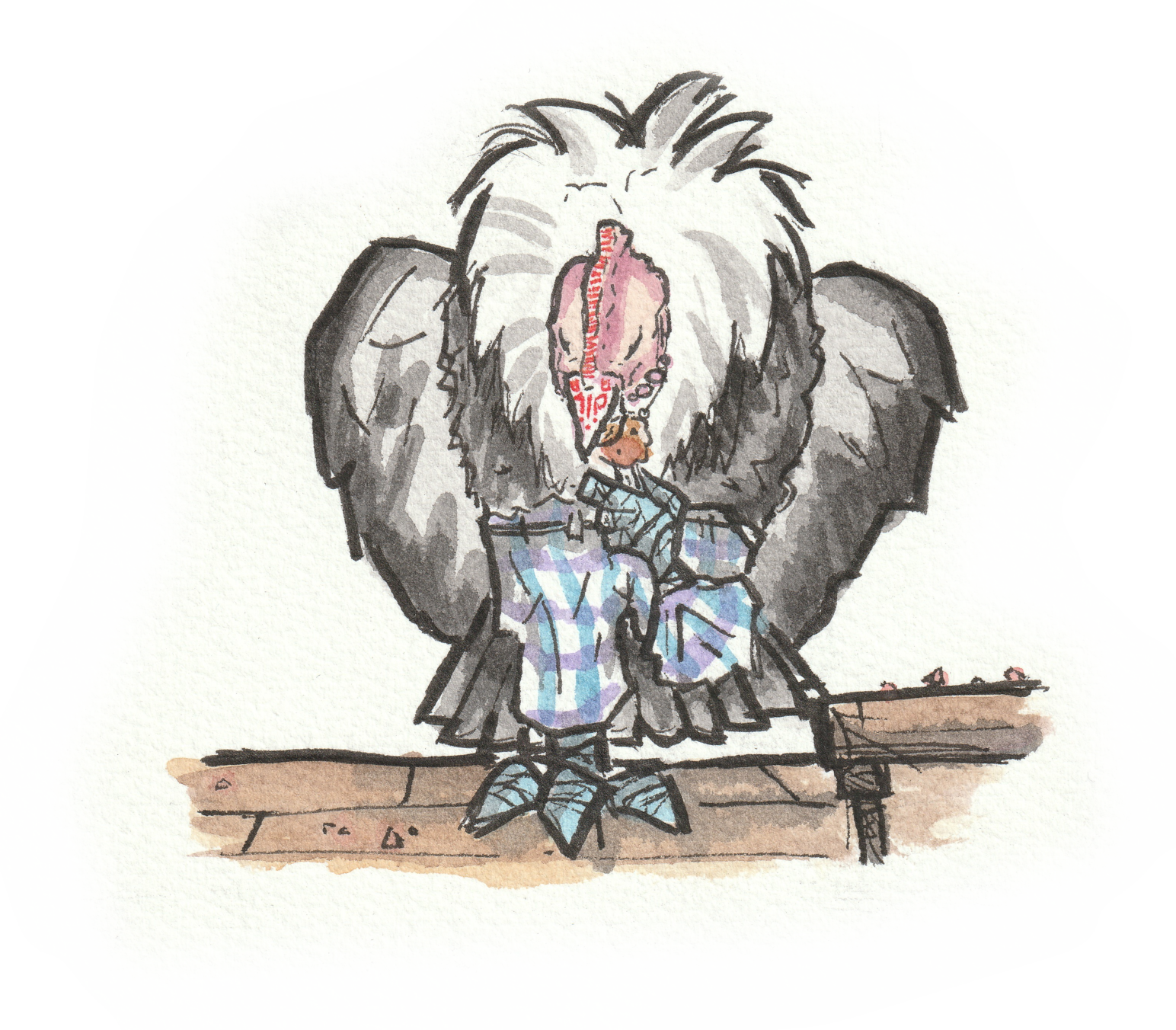
by Pouaseuille
Item type
Consumable, Food / Drink
Related ethnicities

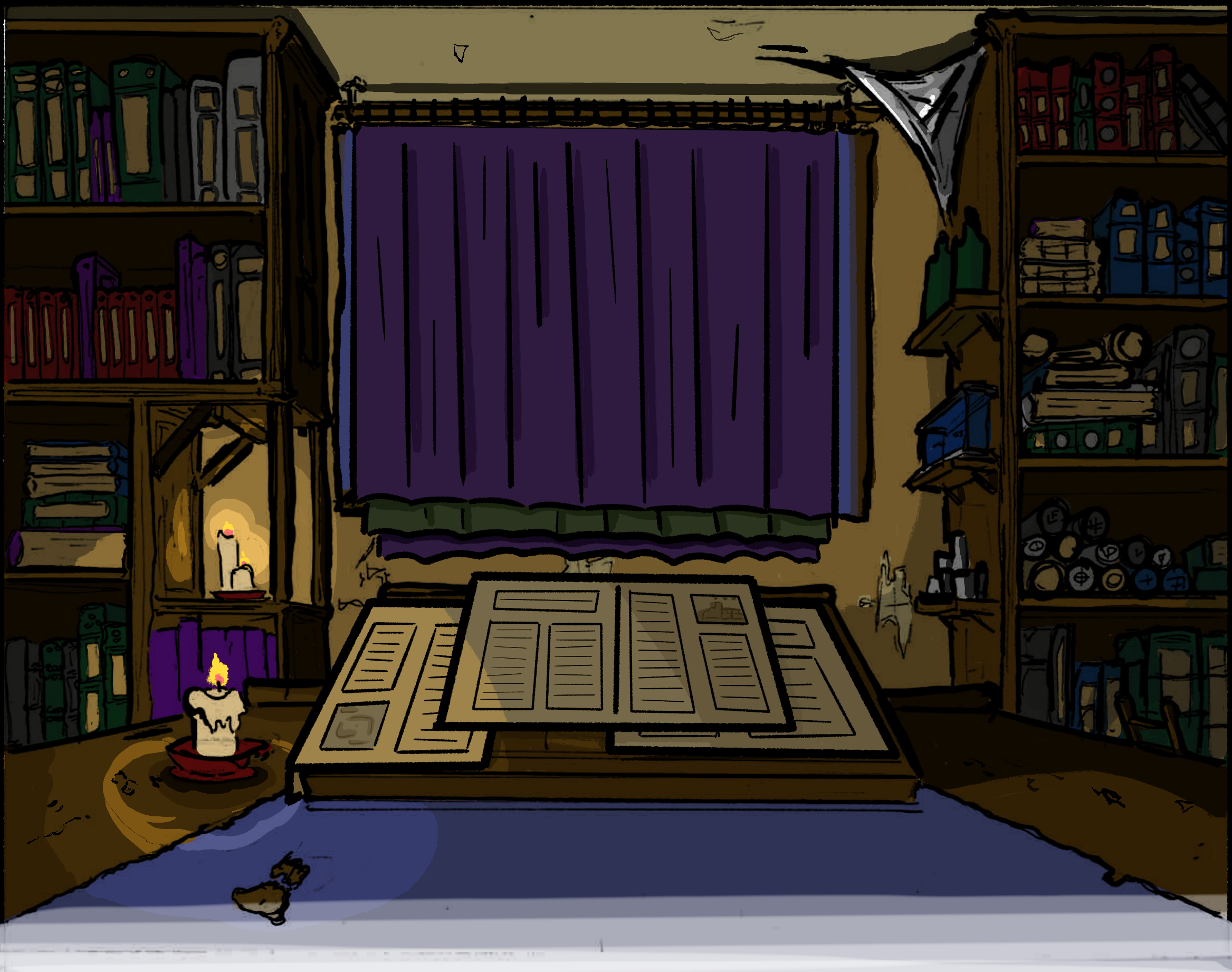


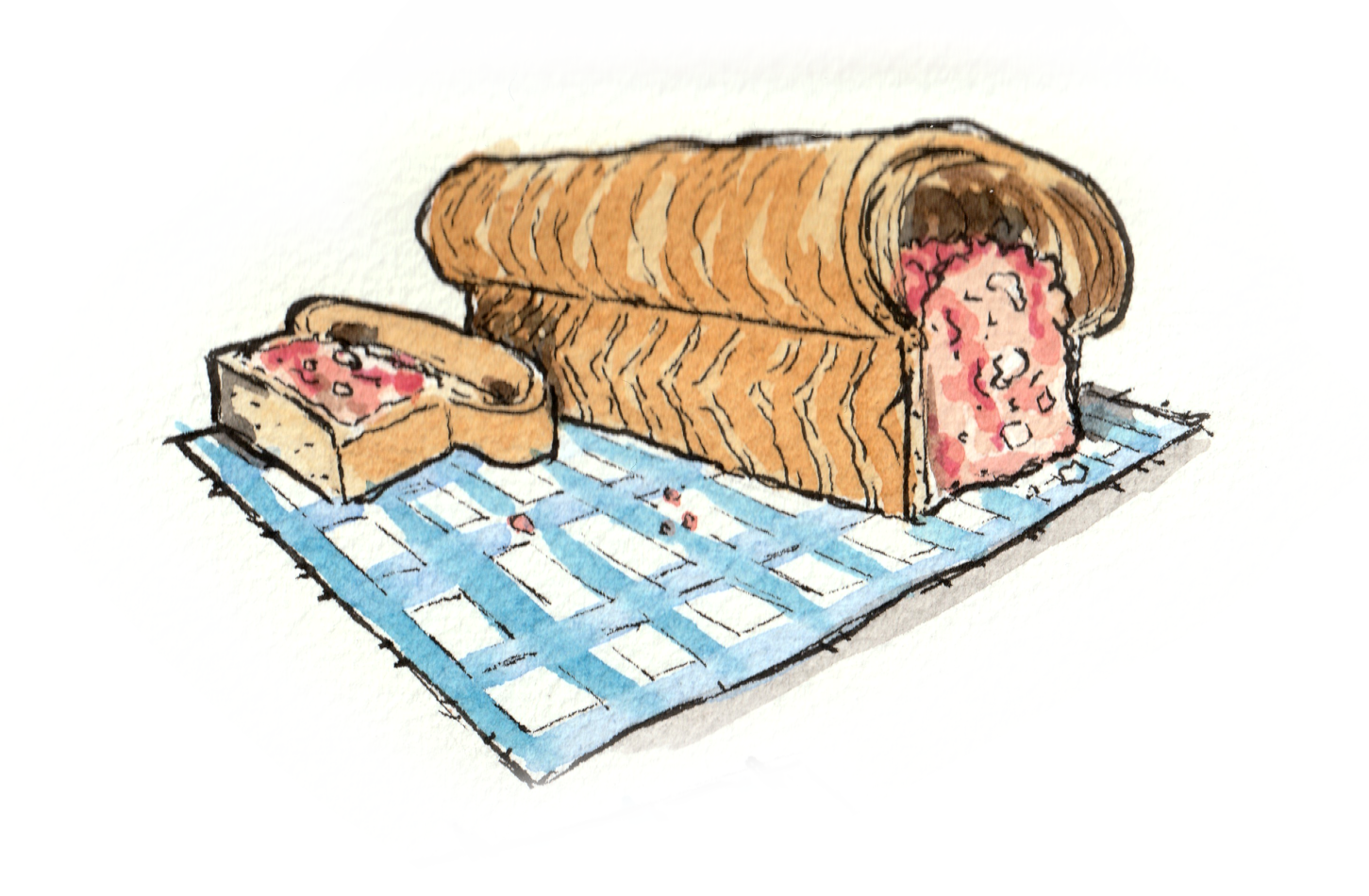
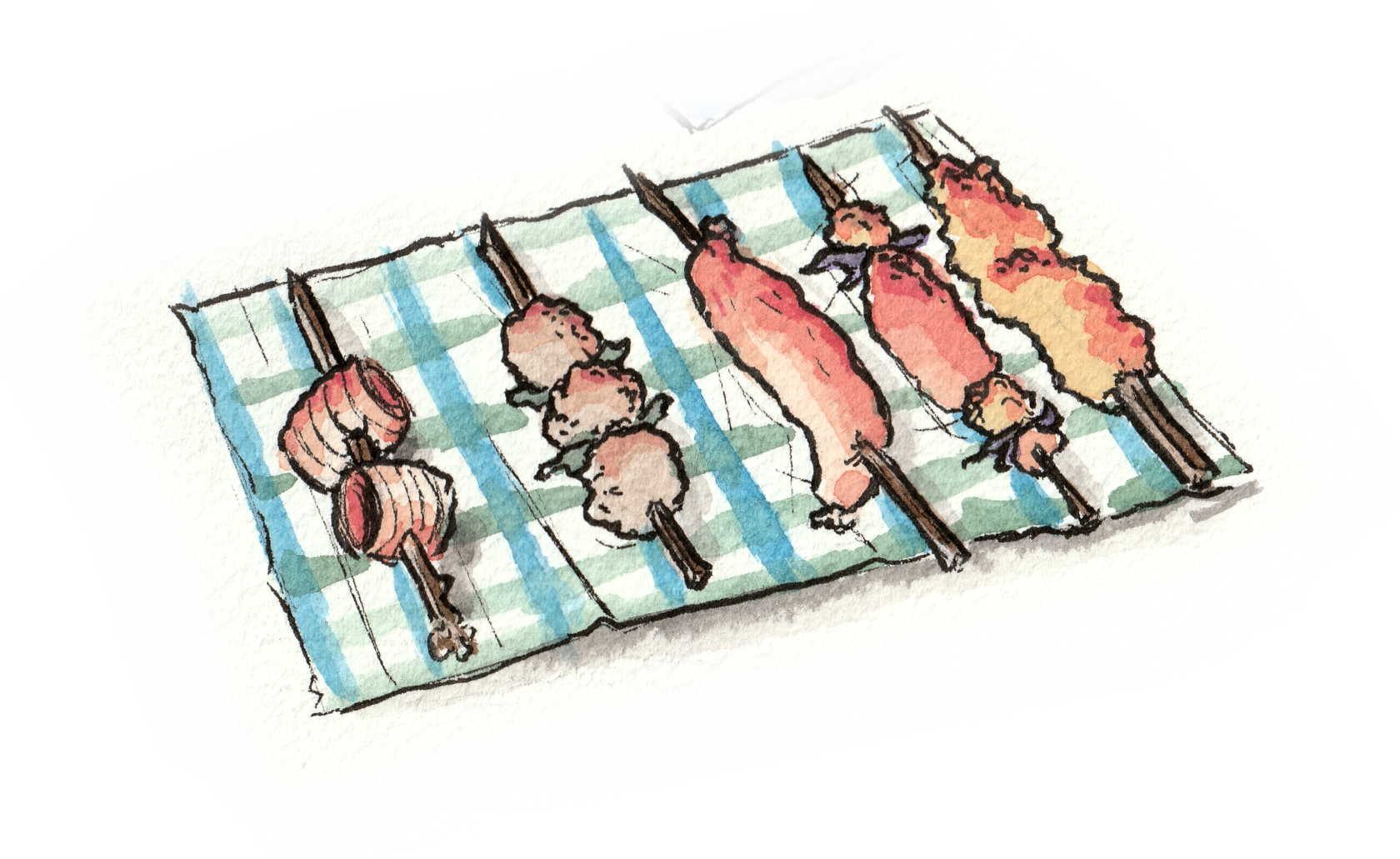
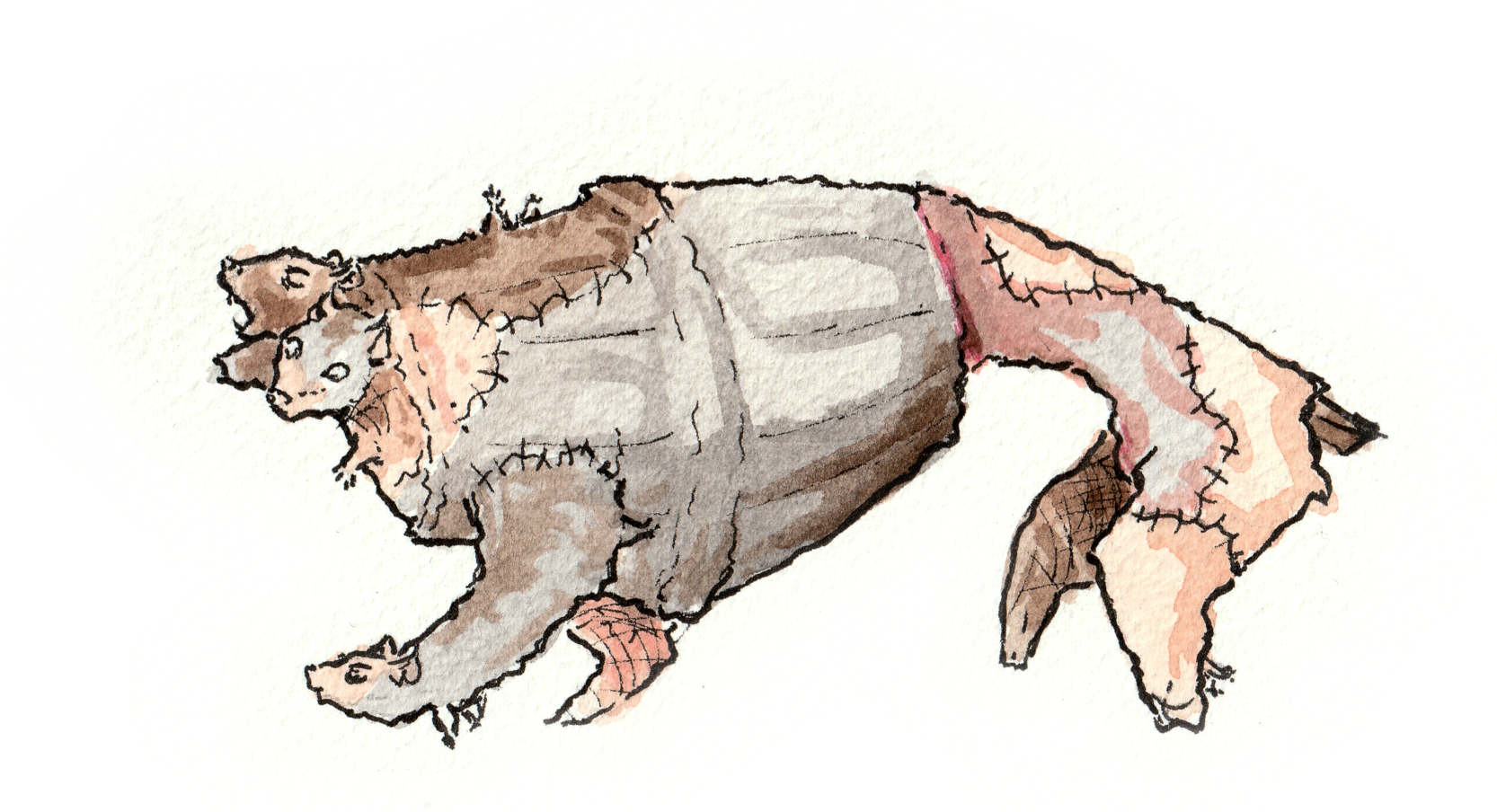

I love this article. The Meat on a stick, the Paste and the Faux carcass especially. The Condori culture has hunting oriented, carnivorous or scavenging. The "upright" citizens and the more questionable. Great article!
Thank you for that! Glad it was appreciated. I've gotta say, I do like exploring the Condori cultures, especially their urban cultures.